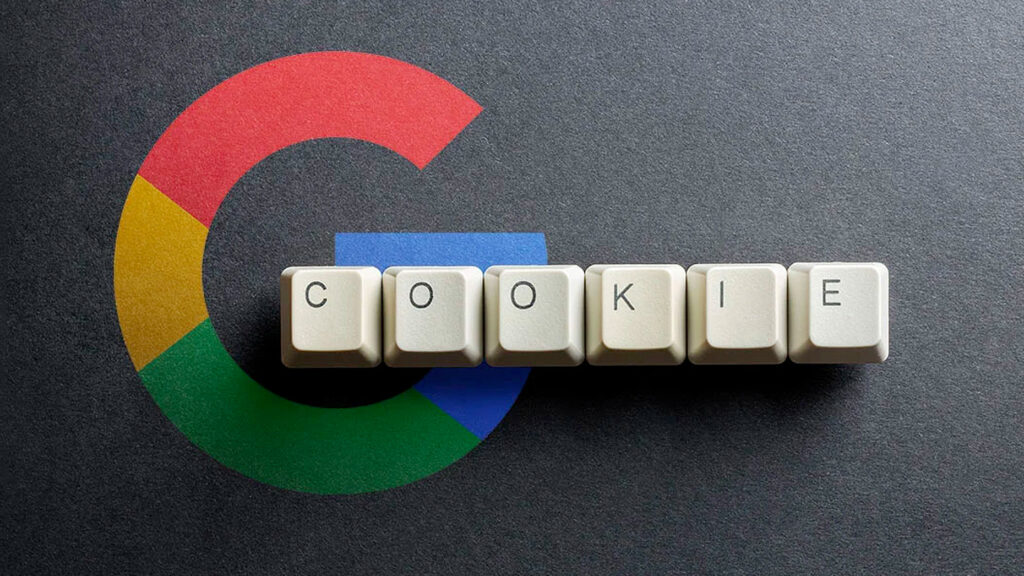In the digital world, optimizing experiences for users is imperative for any brand that aims to drive better business and performance in 2023 and beyond. For those of us who spend our time optimizing digital experiences, it’s an interesting and exciting time. An array of forces across digital privacy, online tracking changes, emerging technologies, and a challenging economic climate will present challenges and opportunities aplenty in 2023. As a digital consultancy, we have the opportunity to see across a diverse brand landscape and identify those trends which can make or break brand success.
Here are the seven digital personalization trends we believe will shape 2023, along with some advice on how to best address or utilize them to expand your brand performance and equity.
First- and Zero-Party Data
The end of third-party cookie tracking is fast approaching. Many browsers limited the impact of third-party cookies some time ago, so if you’re relying on third-party data as part of your digital strategy, you’re likely seeing a decreasing impact already.
While it’s a challenging change many in the digital space face, we see the demise of third-party cookies as a huge opportunity for brands to connect with their users in new and more meaningful ways. How? First- and zero-party data. While leaders in the space are already pivoting to base their digital personalization campaigns and more on first- and zero-party data, we expect to see many more brands exploring these opportunities in 2023.
The demise of third-party cookies brings a huge opportunity for brands to connect with their users in new and more meaningful ways.
Many organizations already have a rich set of first-party data available, such as users’ purchase histories. Auditing and organizing this data, as well as reviewing your data privacy agreements for openness and transparency about user data usage, are the first steps toward enabling this rich data set for future personalization efforts.
Zero-party data is data knowingly provided to you by your users. Why try and guess or infer what products/content/services your users are most interested in when you could ask them via an onsite survey or preference manager? Zero-party data is a unique and fast way to gather accurate insights about your users. Be clear with your users about how you plan to use this data to personalize their digital experience, and use this opportunity to build stronger, more trusting relationships with your user base.
Prioritizing the Digital Experience in Challenging Times
Inflation? Recession? All these economic challenges mean consumers are going to be even more careful when deciding where to spend their hard-earned money. This increases the importance of every interaction brands have with their users.
With consumers keeping a closer eye on where and what they spend their money on, brands must work extra hard to earn their business. This means ensuring the messaging, content, and product recommendations you’re making resonate with each individual on a personalized level. Brands that don’t double down on personalized experiences in these difficult times risk falling even further behind those that have led the way with their personalization efforts.
Each digital touchpoint with your users is now even more important. Make the most of the opportunities to interact with your users by showing them experiences that are relevant to them, increasing the likelihood of return visits and purchases.
MarTech Stacks That Actually Work
We predict the more challenging economic climate will impact brands and the tools they use, as well as their users. In 2023 it will be particularly important that the technologies in brands’ MarTech stacks truly synchronize and work together.
Building a MarTech stack that allows for accurate and consistent personalization of the digital experience for your users is expensive. Building a stack that meets your needs now and will continue to meet your needs 5-10 years from now is extremely challenging. In an increasingly difficult economic climate, it’s critical that the different components in your MarTech stack work together, allowing you to deliver value.
Integrating tools that aren’t part of the same ecosystem can be challenging, but the difficulties are worth overcoming to achieve a 360-degree view of who your users are.
We predict a big trend for 2023 will be renewed focus on building and fixing MarTech stacks. It’s critical for different tools to share data and work together so that digital experience professionals can drive positive changes for users. No longer will it be okay to let a Customer Data Platform (CDP) gather cobwebs for a year before it can successfully share data with your testing and personalization tool of choice. Tools will either integrate effectively or drop from MarTech stacks entirely. Integrating tools that aren’t part of the same ecosystem can be very challenging (see Adobe), but the difficulties are worth overcoming to achieve a 360-degree view of who your users are. Trustworthy data and insights open many new opportunities to personalize and improve the digital experience for your users.
Eliminating User Data Silos
Removing silos has been a digital experience trend for approximately the last 3 years, and it isn’t going away yet! The importance of first- and zero-party data in 2023 ties in with the broader trend of organizations continuing to organize their user data. Privacy rulings mean brands must be more thoughtful regarding when and how user data is collected, as well as how it’s utilized. The sharing of data between a user and an organization is essentially a deal in which the organization improves the user’s digital experience with the shared data.
Having the capacity to create meaningful, personalized digital experiences for users relies on a solid foundation of available user data. User data loses value when split across multiple locations with no unifying view of your users. We see continued efforts to de-silo and unify user data, likely via a Customer Data Platform or similar home-grown solution, being a big trend continuing into 2023.
Increasing Usage of Improving AI
We see AI popping up more and more to consume data, create customized content and generate personalized experiences. We already see the rising popularity of ChatGPT3 as an example of the increased interest (and accessibility) in advanced AI and expect the newer version, GPT4, to generate even more interest in 2023. With tools like GPT3 and other new AI products, anyone can create highly specific content from a set of user guidelines, which opens a whole new approach to customizing the content users see. We expect innovations such as these to become more and more common throughout 2023.
Ad Industry Struggles & Opportunities to Optimize
Privacy rulings and third-party cookie restrictions are making it harder for advertisers to target users and increasing the cost per acquisition. With these increased challenges and costs, it becomes even more important that every user arriving via an ad sees a customized experience tied to the ad that attracted them. Digital experience teams need to work closely with advertising teams to ensure there is a consistent and relevant digital experience across onsite and ad touchpoints.
If highly targeted user data isn’t available, focus personalization efforts on broader segments such as location or which content users last interacted with.
Brands should focus on personalizing the onsite experience of users who arrive via ads, even if the only available data point is that they clicked a particular ad. Every click provides a learning opportunity—use this knowledge to improve your digital experience. Alternatively, if highly targeted user data isn’t available, it’s best to focus personalization efforts on broader segments such as location or which content users last interacted with on your site.
With increased costs associated with attracting new users, another possibility is to double down on efforts to retain existing users, as this isn’t as costly as attracting new users. Personalized experiences can go a long way toward keeping existing users satisfied and highly engaged. Opportunities to personalize loyalty programs and product/content recommendations are a great way to engage with existing users. We expect to see many brands increasing their efforts here in 2023, given the changes the ad industry is going through.
Data Privacy and Building Trust
Data privacy is not a new concept, and it will continue to be a key trend in 2023. Users have come to expect brands to be open and transparent about data collection and usage. Brands should be transparent about user privacy and emphasize the value exchange implicit in a user willingly sharing data. The promise is that the data will allow for personalization and improve the user’s digital experience, making it easier for them to achieve their goals on the site in question.
Next Best Steps in 2023
Personalizing digital experiences in 2023 won’t be easy. However, companies that advance their digital experience agenda, leverage the right consulting and domain expertise, and build an agile framework (people, process, and technology) for the future will be in the best position to come out on top even in challenging economic times. Our advice is to aggressively address these seven trends, and leverage outside consulting expertise to ensure you don’t get buried by a “business as usual” attitude when it comes to personalization and digital experiences.
BlastX is always attuned to digital experience optimization trends across the entire MarTech ecosystem, and we keep an eye out for what comes next. By looking towards the future, we ensure nothing is left behind or overlooked. The landscape can rapidly change across industries, so it’s always worth having experts to uncover the best path forward, craft your custom brand strategy, and execute that strategy across your entire digital experience ecosystem. The digital experience you present to your customers is a composite of every underlying system, and great user experiences aren’t built by chance. Contact us today to learn exactly how BlastX can help.


